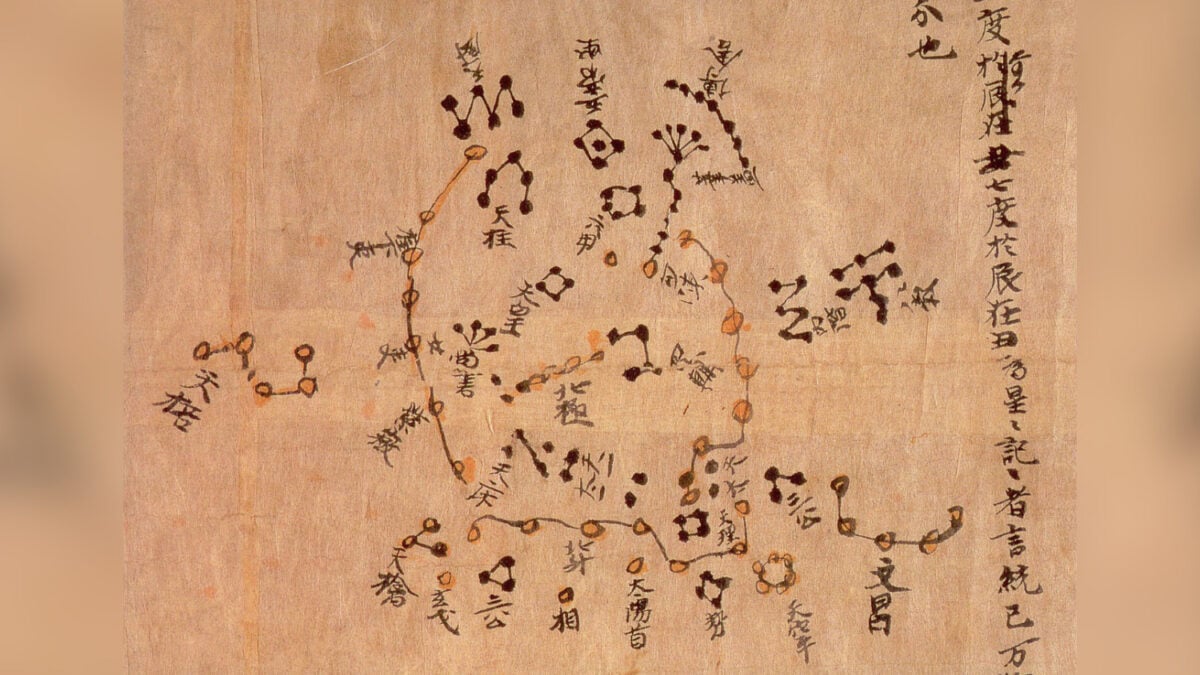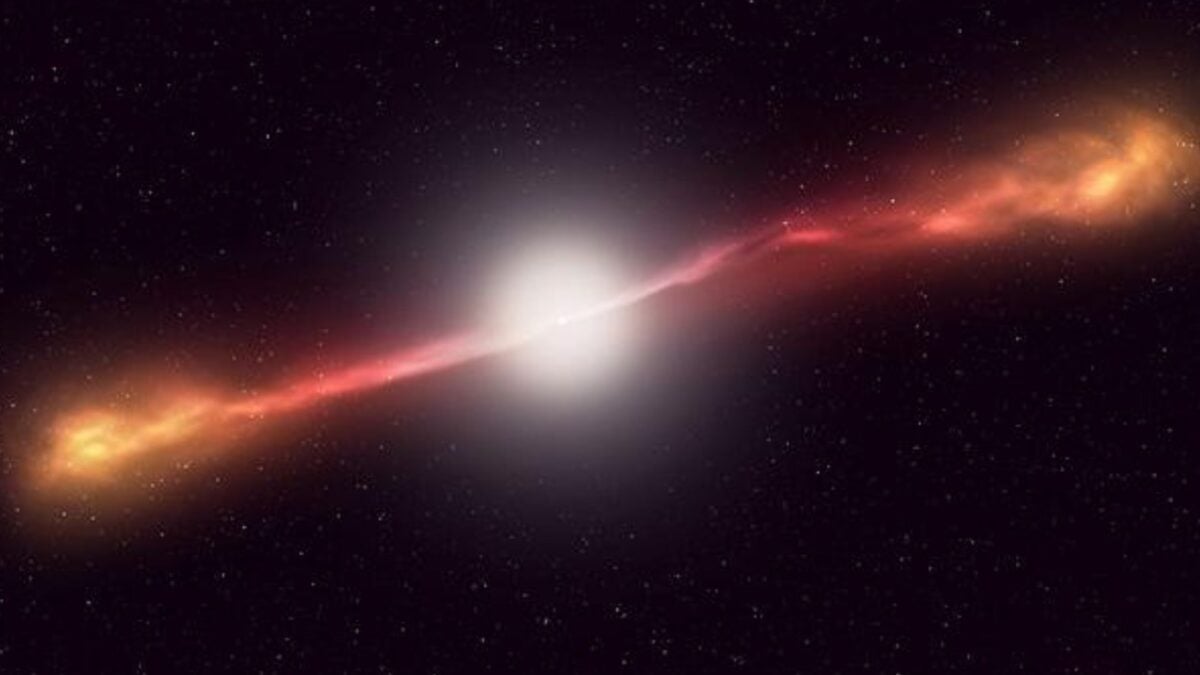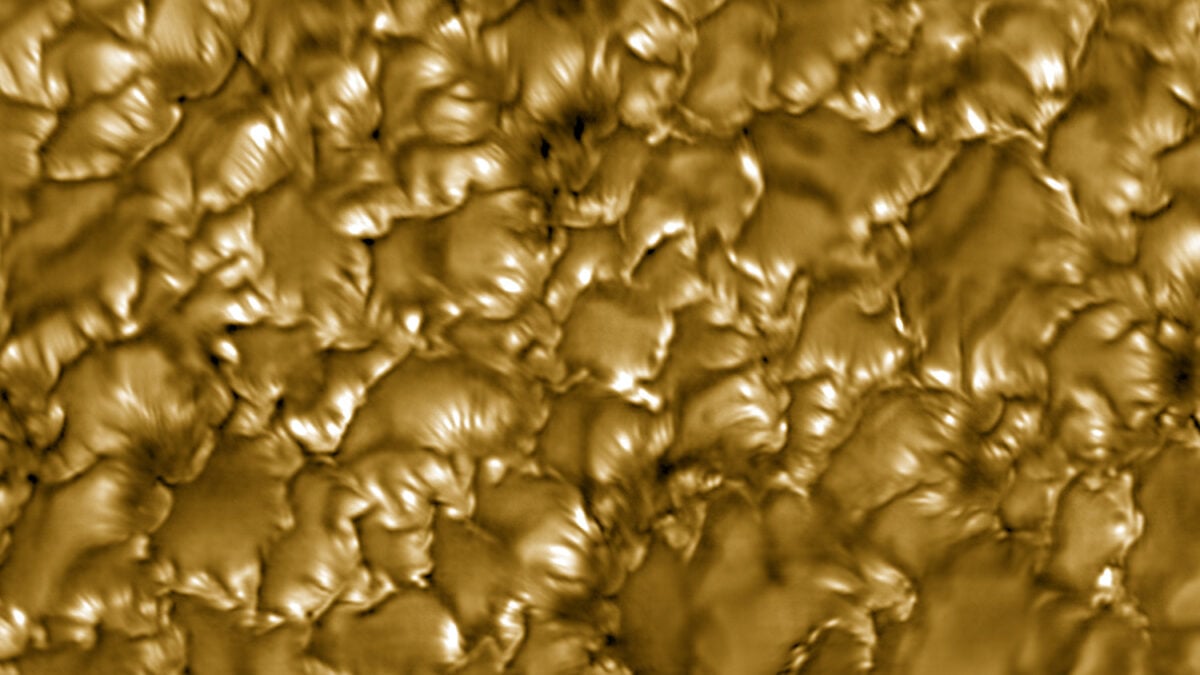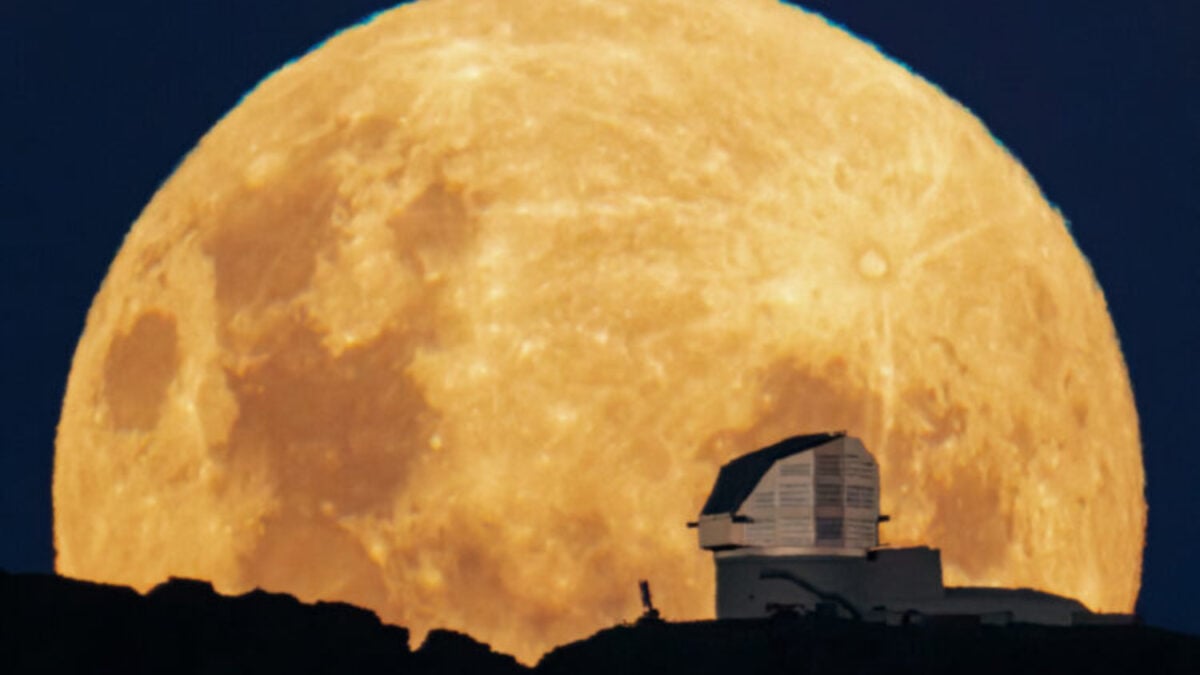In October 1408, during China’s Ming Dynasty, imperial astronomers meticulously documented a peculiar celestial event: a brilliant yellow object, stationary in the night sky, that shone consistently for over ten nights. Described as being “as large as a cup” and of a “pure yellow color, smooth and bright,” this “guest star” baffled observers and remained an unsolved astronomical puzzle for centuries. Now, a breakthrough discovery appears to have finally revealed its true nature.
A Rediscovered Account Sheds New Light
The key to unlocking this ancient mystery comes from a newly analyzed historical document. In a recent paper posted to the preprint server arXiv, a research team led by Boshun Yang, an astronomer at the University of Science and Technology of China, presented findings based on an overlooked report by Hu Guang. Hu Guang was a court official responsible for “congratulatory memorials and laudatory poems addressed to the emperor.” This official record from the Imperial Astronomical Bureau provides a more detailed and authentic description of the 1408 event than previously known accounts, crucially allowing researchers to discount possibilities of forgery or misinterpretation.
The memorial pinpoints the object’s location as stationary within the southern Niandao asterism, an area of the sky now associated with the constellations Cygnus and Vulpecula. It also confirms the object was visible for more than ten days. Unlike comets or meteors, which move across the sky, this celestial body remained fixed and maintained its brightness, strongly suggesting it was a stellar phenomenon.
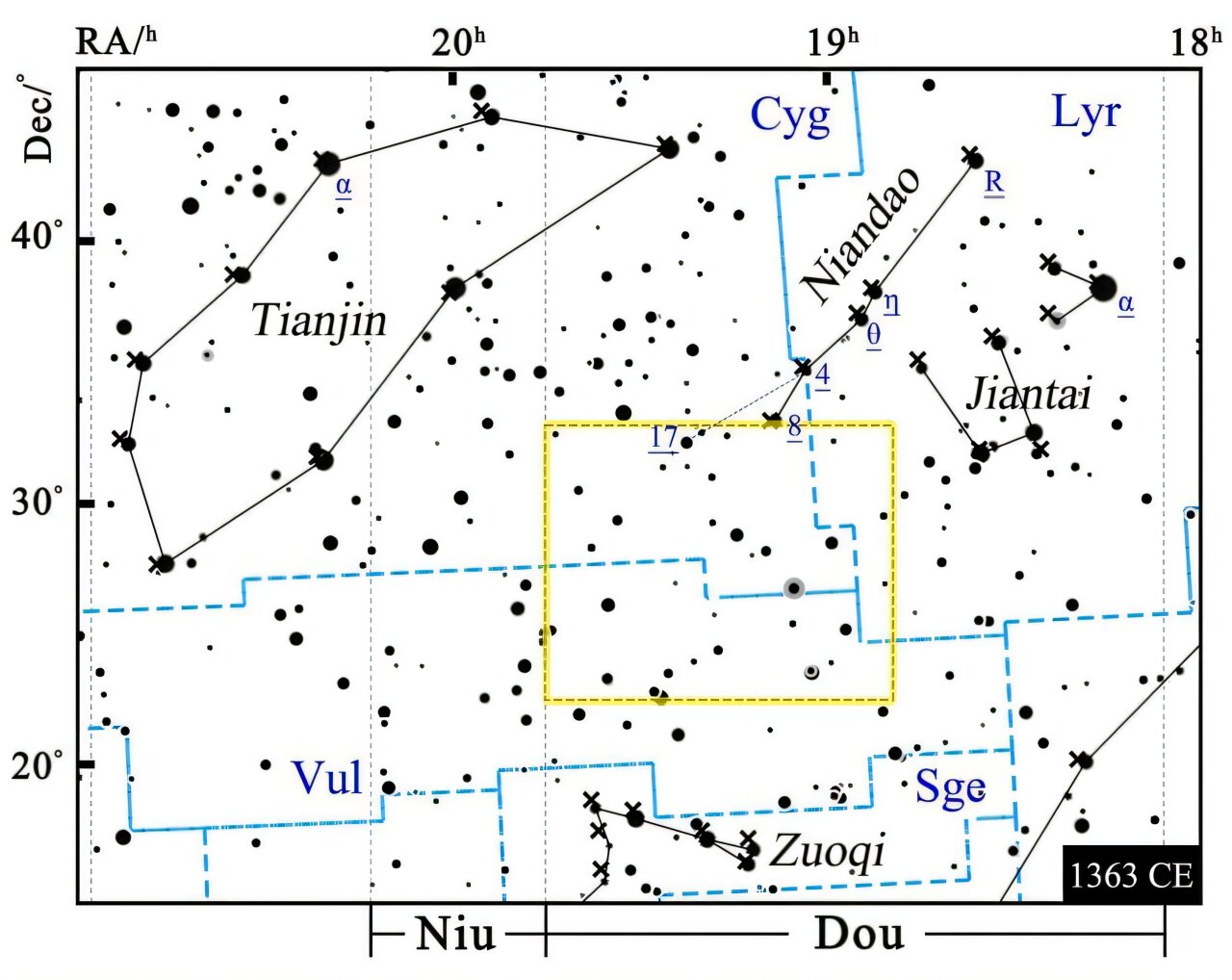 Astronomical chart pinpointing the search area for the 1408 guest star within the Niandao asterism, encompassing constellations Cygnus and Vulpecula.
Astronomical chart pinpointing the search area for the 1408 guest star within the Niandao asterism, encompassing constellations Cygnus and Vulpecula.
Identifying the “Guest Star”: A Plateau Nova
Based on Hu Guang’s detailed account, the event exhibits the classic characteristics of a nova—the dramatic explosion of a star that causes a sudden, intense flare in brightness before gradually fading. The research team proposes that the 1408 celestial event was a specific type of nova with “plateau” characteristics. This means its light output remained remarkably steady for an unusually extended period, consistent with the ten-plus nights of observation. This nova identification helps place the 1408 guest star within known astrophysical phenomena.
The Imperial Lens: Celestial Reporting in Ming China
The researchers also considered the subtle political context influencing the language of the historical record. Ancient Chinese astronomers exercised great care in how they described celestial phenomena when reporting to the emperor. To maintain a positive imperial outlook, it was crucial that astronomical events were framed favorably. Consequently, descriptions of the 1408 nova emphasized its benign qualities, such as being “yellow” and “lustrous.” As Universe Today notes, potentially ominous details like “spikes” were likely omitted to avoid alarming the emperor.
Ancient Records, Modern Insights
By meticulously combining this newly unearthed historical document with modern astrophysical understanding, Boshun Yang’s team compellingly argues that the 1408 guest star was almost certainly a nova. This finding adds another significant event to the growing list of ancient Chinese astronomical records that have been corroborated by contemporary science. Such historical observations provide invaluable data for astronomers today.
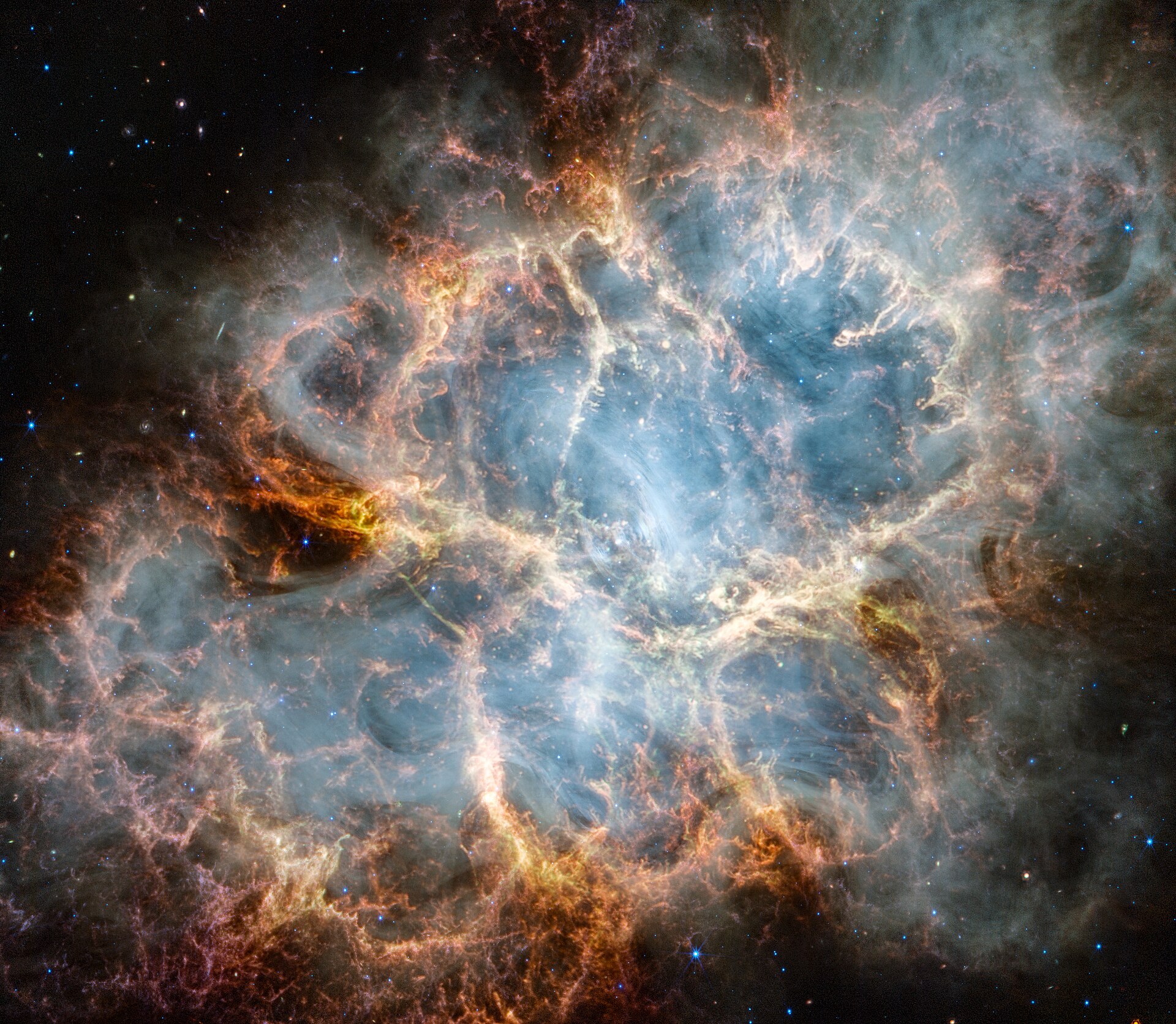 The Crab Nebula, a supernova remnant from 1054 AD, imaged by the Webb Space Telescope, illustrating how historical astronomical events are studied today.
The Crab Nebula, a supernova remnant from 1054 AD, imaged by the Webb Space Telescope, illustrating how historical astronomical events are studied today.
Similar to the famous 1054 AD supernova, which created the Crab Nebula and was documented by Chinese astronomers as it occurred, this 600-year-old observation highlights how events from relatively distant human history are mere blips in cosmic timescales. More importantly, these ancient accounts offer a foundational context for modern astronomy, often serving as a backdrop—and sometimes a direct catalyst—for new scientific discoveries and a deeper understanding of the universe.
Conclusion: A Celestial Mystery Resolved
The identification of the 1408 guest star as a plateau nova elegantly resolves a six-century-old astronomical enigma. This achievement underscores the remarkable synergy between historical scholarship and modern astrophysics. By carefully interpreting ancient records, contemporary scientists can unlock secrets of the cosmos observed long ago, enriching our understanding of stellar evolution and the dynamic nature of the universe. This discovery not only solves a historical puzzle but also reaffirms the enduring value of meticulous observation across centuries.



